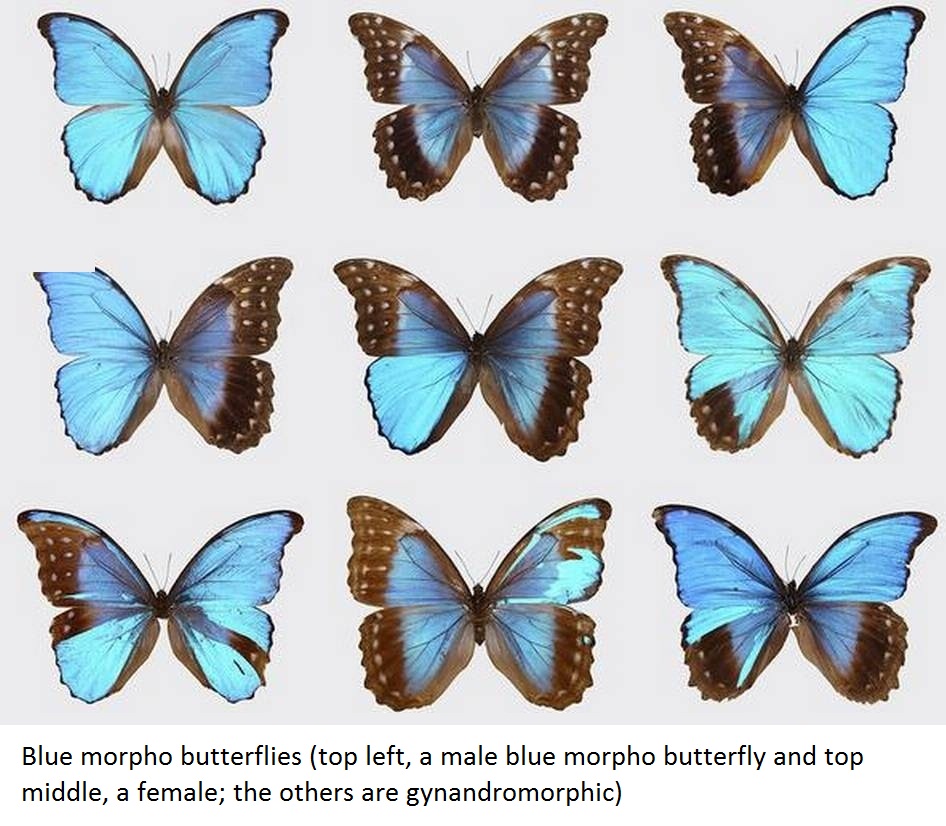Gynandromorphism | 29 Jun 2020
Why in News
Recently, a rare biological phenomenon i.e. Gynandromorphism has been spotted in a dragonfly, the Scarlet Skimmer (Crocothemis servilia), which is found in the Kole wetlands, Kerala.
- The dragonfly had both male and female characteristics.
Key Points
- Gynandromorphism is a characteristic of an organism that contains both male and female tissues and characteristics. Such organisms are also called gynandromorphs.
- The term is derived from the Greek words (gyne = woman; aner = man and morphe = form).
- The phenomenon has been documented in birds, crustaceans and butterflies.
- Reason:
- Gynandromorphs are usually born due genetic aberration.
- Genetic aberrations are chromosomal disorder or mutation which is due to a missing, extra, or irregular portion of chromosomal DNA.
- Importance of the Study of gynandromorphism:
- It helps in finding the genetic diversity in related species which further contributes to the conservation and preservation.
- It also aids in discovery of disease and other changes in the specific species due to factors like climate change and ecological evolutions.
- Further, the study of gynandromorphs could offer clues as to why some human diseases strike one gender more than the other.
Kole Wetlands
- Kole Wetlands is a wetland lying in Thrissur District in Kerala.
- It gives 40% of Kerala's rice requirement and acts as a natural drainage system.
- It is a part of Vembanad-Kole wetlands, a Ramsar site and has been colonised by invasive species.
- The Society for Odonate Studies (Kerala) has been conducting Odonate surveys at the Kole wetlands since 2018, and 37 species of dragonflies and damselflies have been reported from the wetlands so far.
Dragonfly
- A dragonfly is an insect belonging to the order Odonata, class Insecta.
- Adult dragonflies are characterized by large, multifaceted eyes, two pairs of strong, transparent wings, sometimes with coloured patches, and an elongated body.
- They are ecologically significant as they act as bioindicators.
- Bioindicators are living organisms such as plants, plankton, animals, and microbes, which are used to assess the health of the natural ecosystem in the environment.

